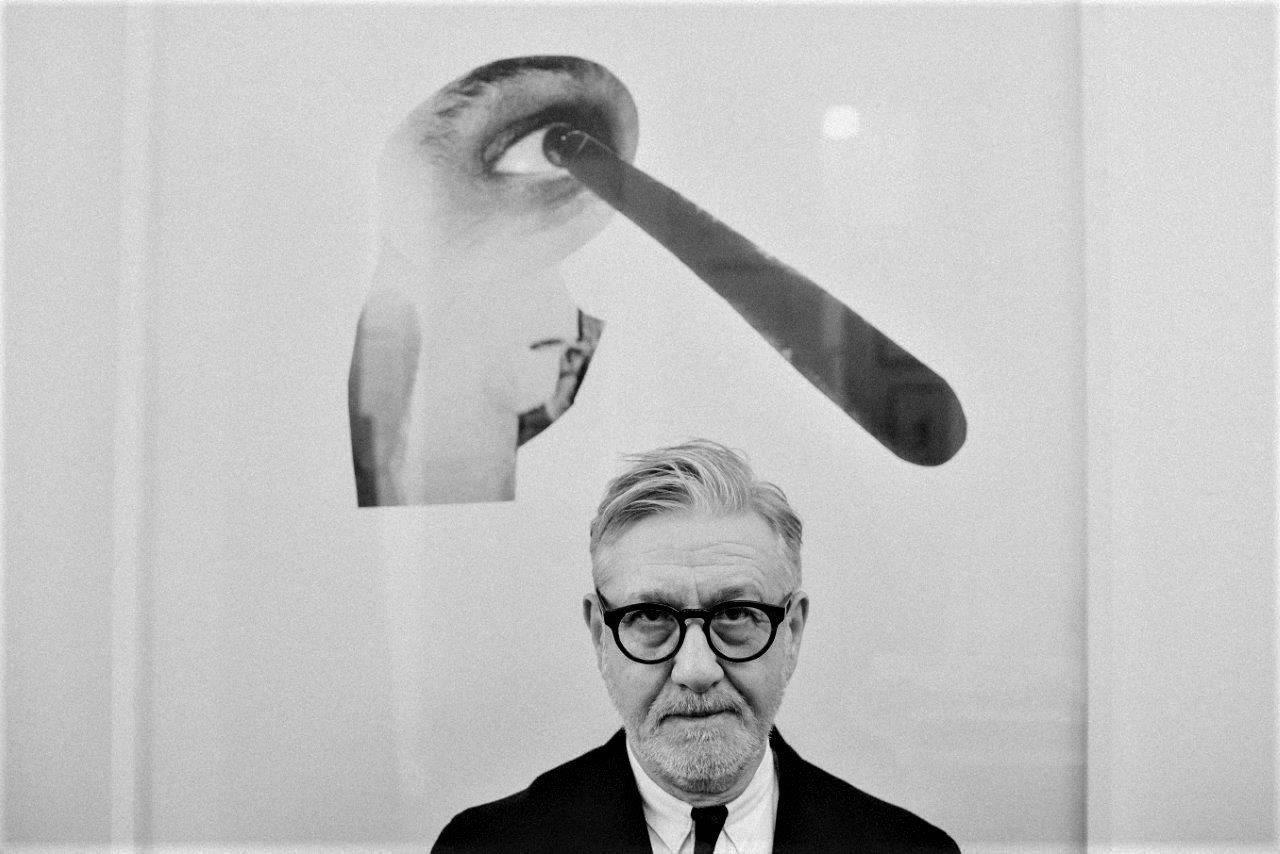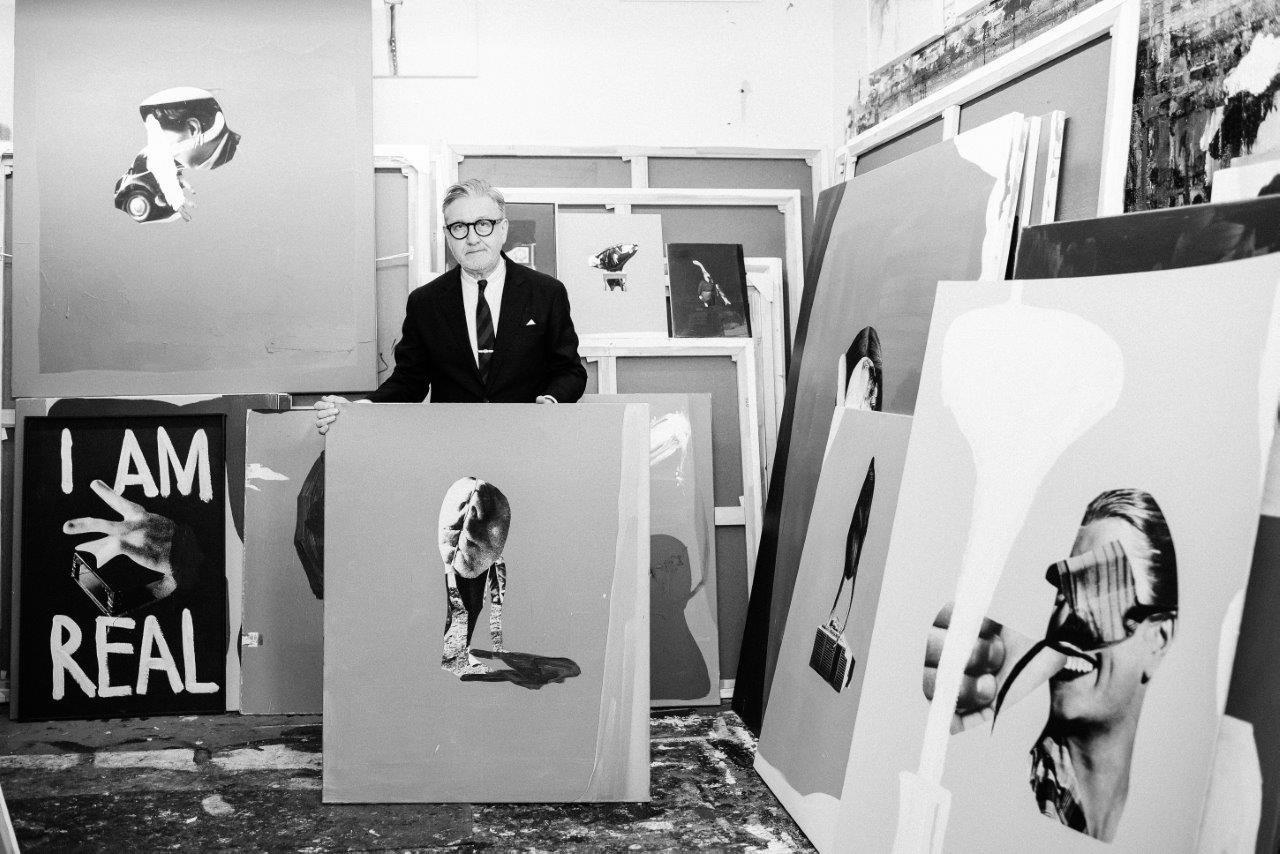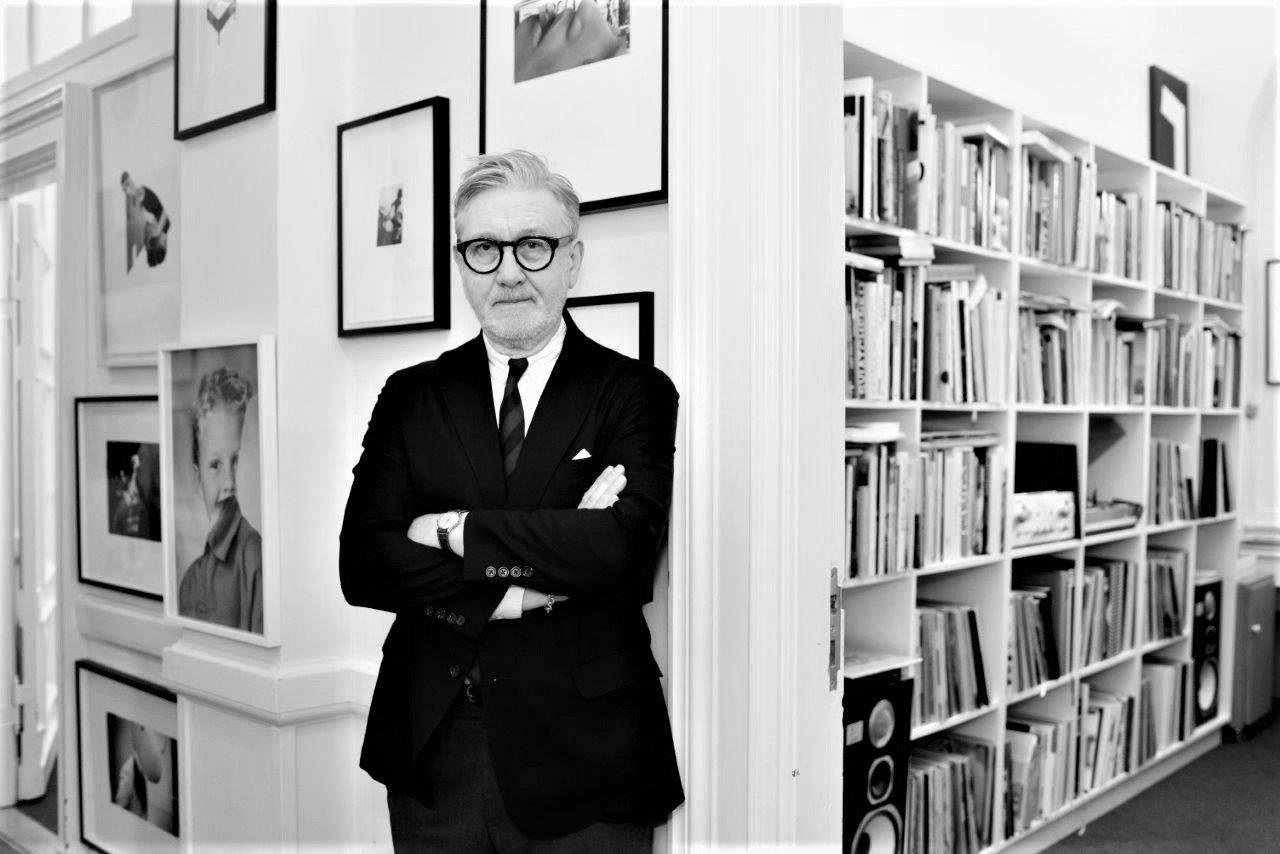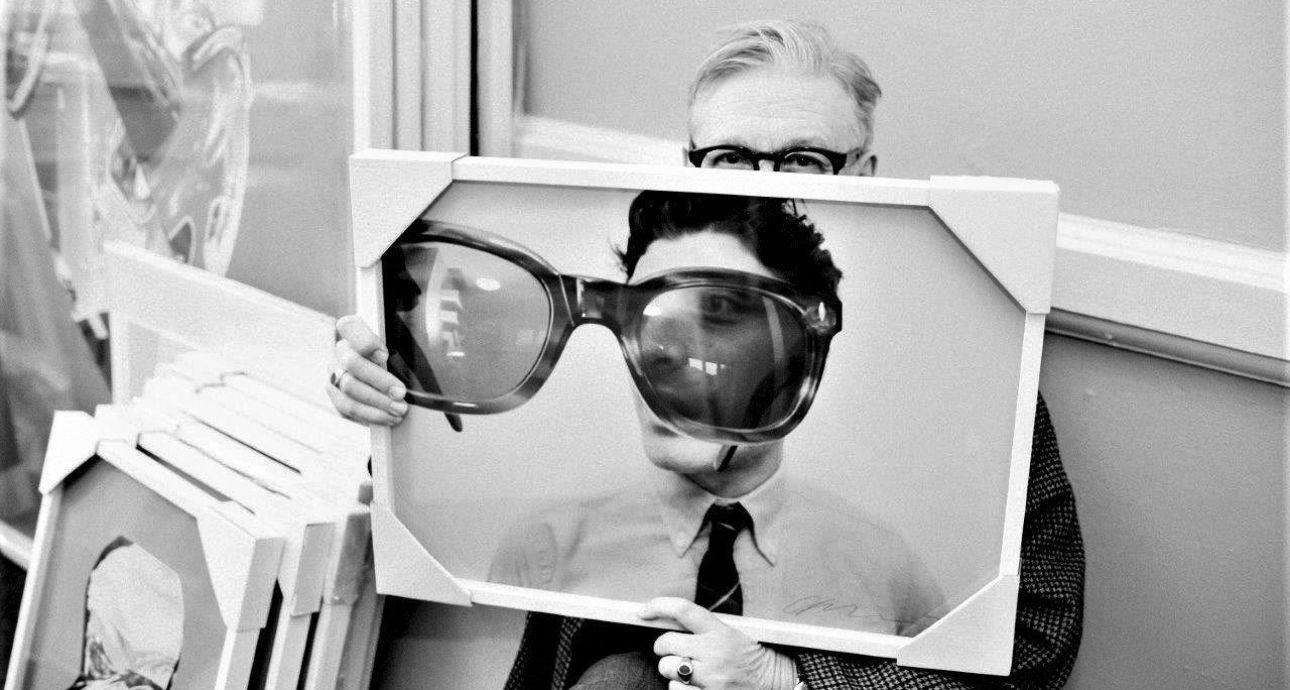
Fragmented Thinking: The Architecture of Sergei Sviatchenko’s Collages
Sergei Sviatchenko started working with photography and collage in Soviet Ukraine in the 1980s. It was then that he became a co-founder of the Center for Contemporary Art “Soviart” in Kyiv and organized the city’s first exhibitions of contemporary art. In 1990, Sviatchenko moved to Denmark, where he still lives and works.
During these years, the artist has built a successful career: works by the Ukrainian-Danish artist are exhibited in Europe and the United States, and international publishers release his monographs. In addition, in Denmark, Sviatchenko founded a school and festival of collage art. However, the principles by which he started creating his first works decades ago remain with him to this day.
Sviatchenko was born and raised in Kharkiv in a family of an architecture professor. Following his father’s interest, he graduated from the Architecture Faculty of the University of Construction and Architecture. Additionally, Sviatchenko’s father also painted, took photographs, and made collages, which influenced him as a whole. Eventually, the synthesis of art and architecture became the foundation of his artistic practice.
The spatial organization and visual structure, the combination of elements according to certain principles — these are what the artist borrows from architecture and uses in his art projects. Even though his paintings, collages, and installations are quite expressive, they are usually well-structured and convey a sense of balance.
The synthesis of art and architecture became the basis of Sviatchenko’s artistic practice.
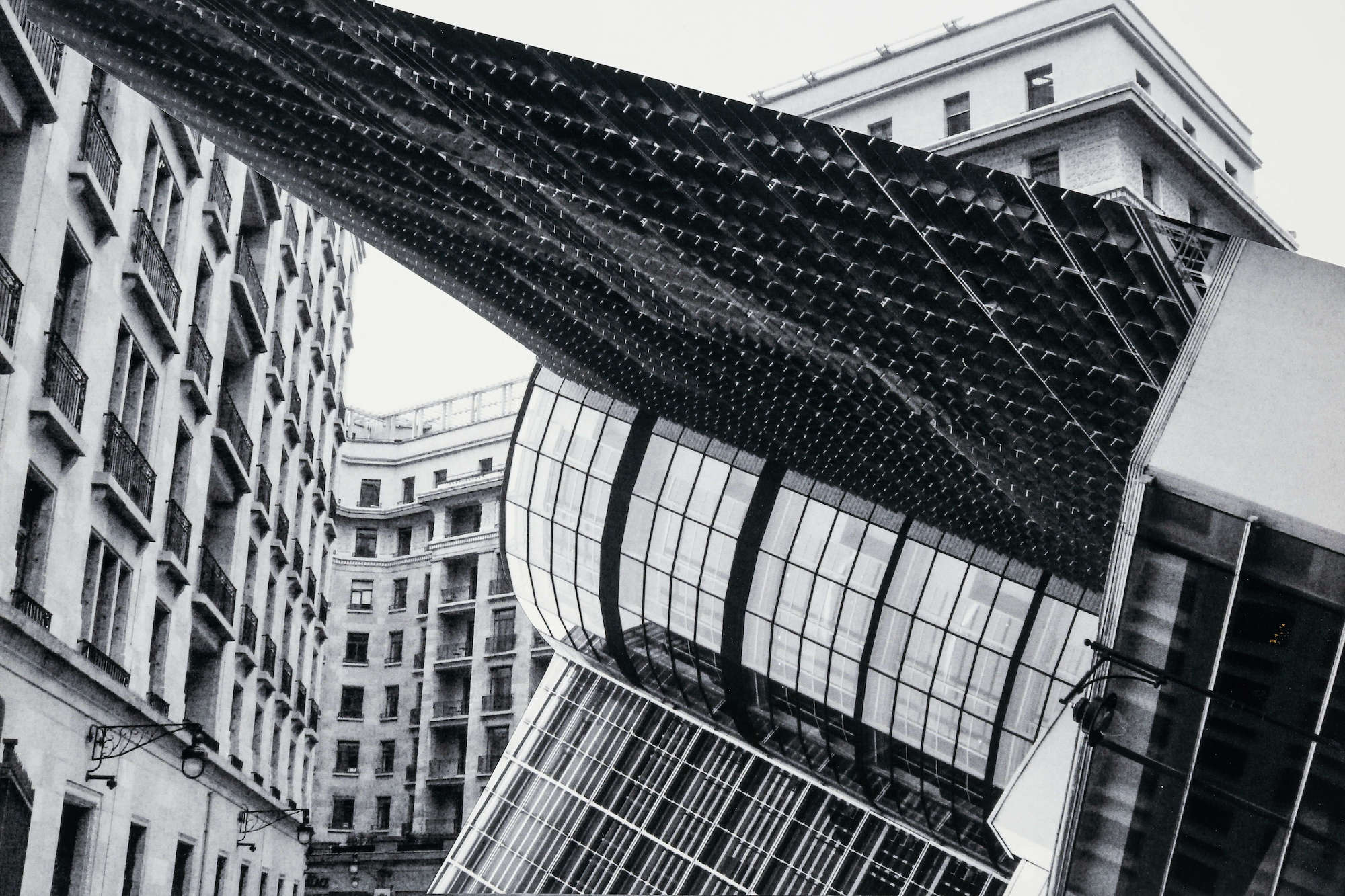


Collages from the series "The Way of Seeing"
The Soviet-era Kharkiv, the capital of Ukrainian constructivism in architecture and art, became a starting point for the emergence of alternative photography. The Khrushchev Thaw, the anticipation of Perestroika, the infiltration of Western pop culture through the Iron Curtain, and the beginning of mass production of compact cameras available to many played an important role in this. In the 1970s-80s, the famous Kharkiv School of Photography was formed in the city, which emerged from the rejection of official ideological art. The key figure of the school, Boris Mikhailov, also created photo collages. He accidentally invented this method by placing two developed films on top of each other. He showed the series, which was called “Yesterday’s Sandwich”, in slide-show format accompanied by music from Pink Floyd.
During that period, Sviatchenko, who was a fan of The Beatles, also made his collages – first in Kharkiv, and later in Kyiv. The elements that were most often found in his works on the eve of the collapse of the Soviet Union – windows and doors – hinted at the beginning of changes in society and its democratization. The collages of that period already included architecture and household items from the Western world, intertwining cultures and systems.
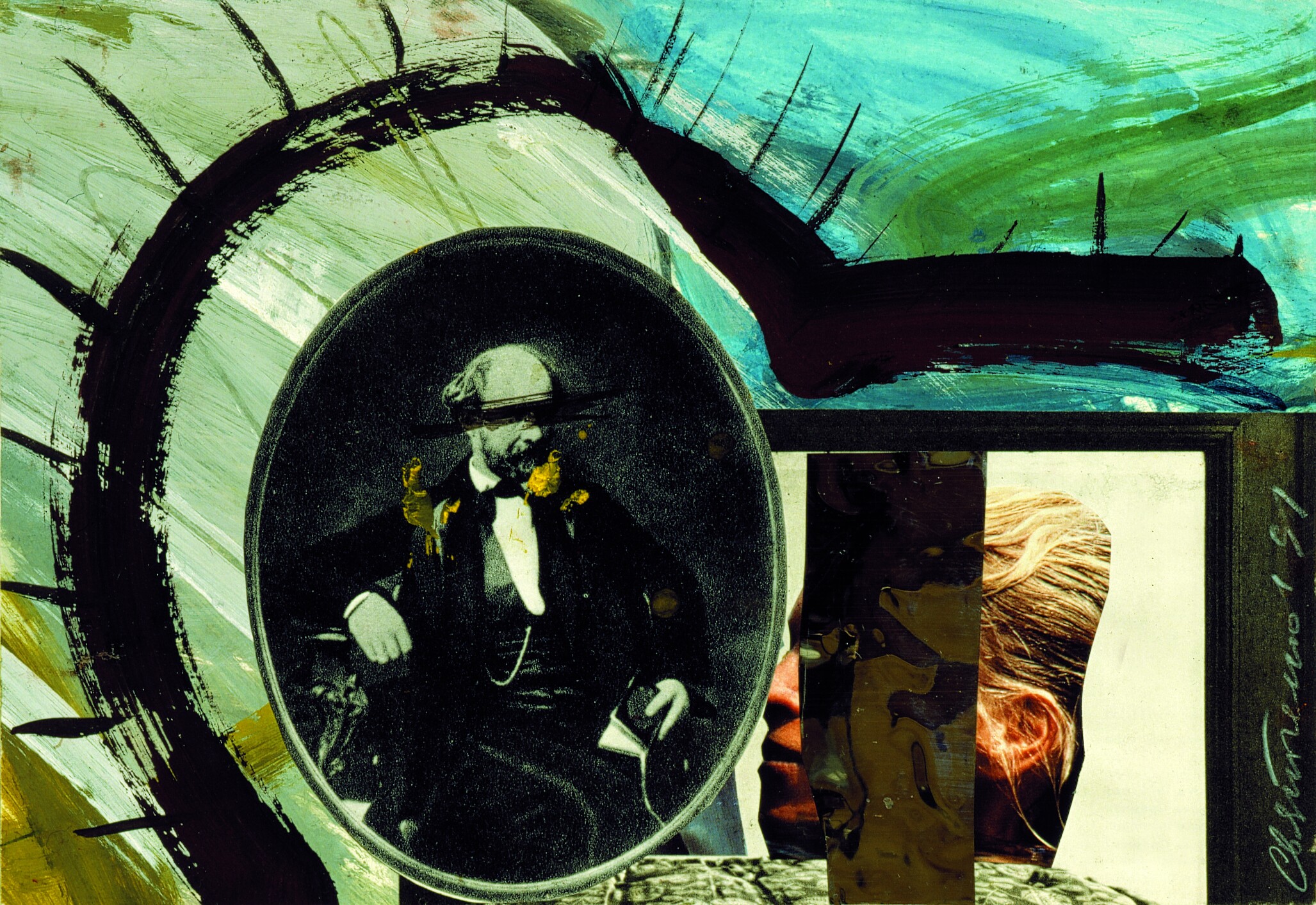
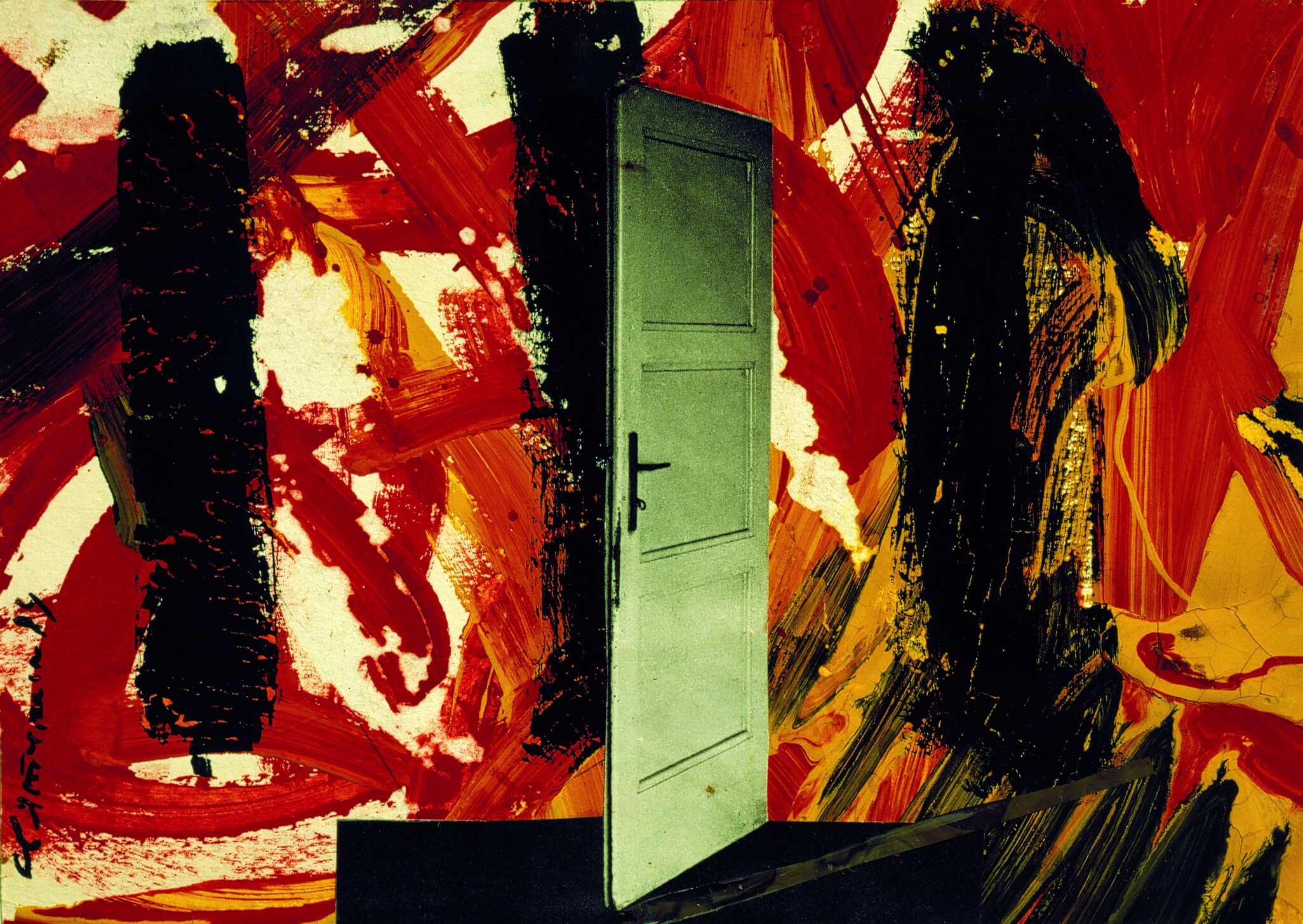
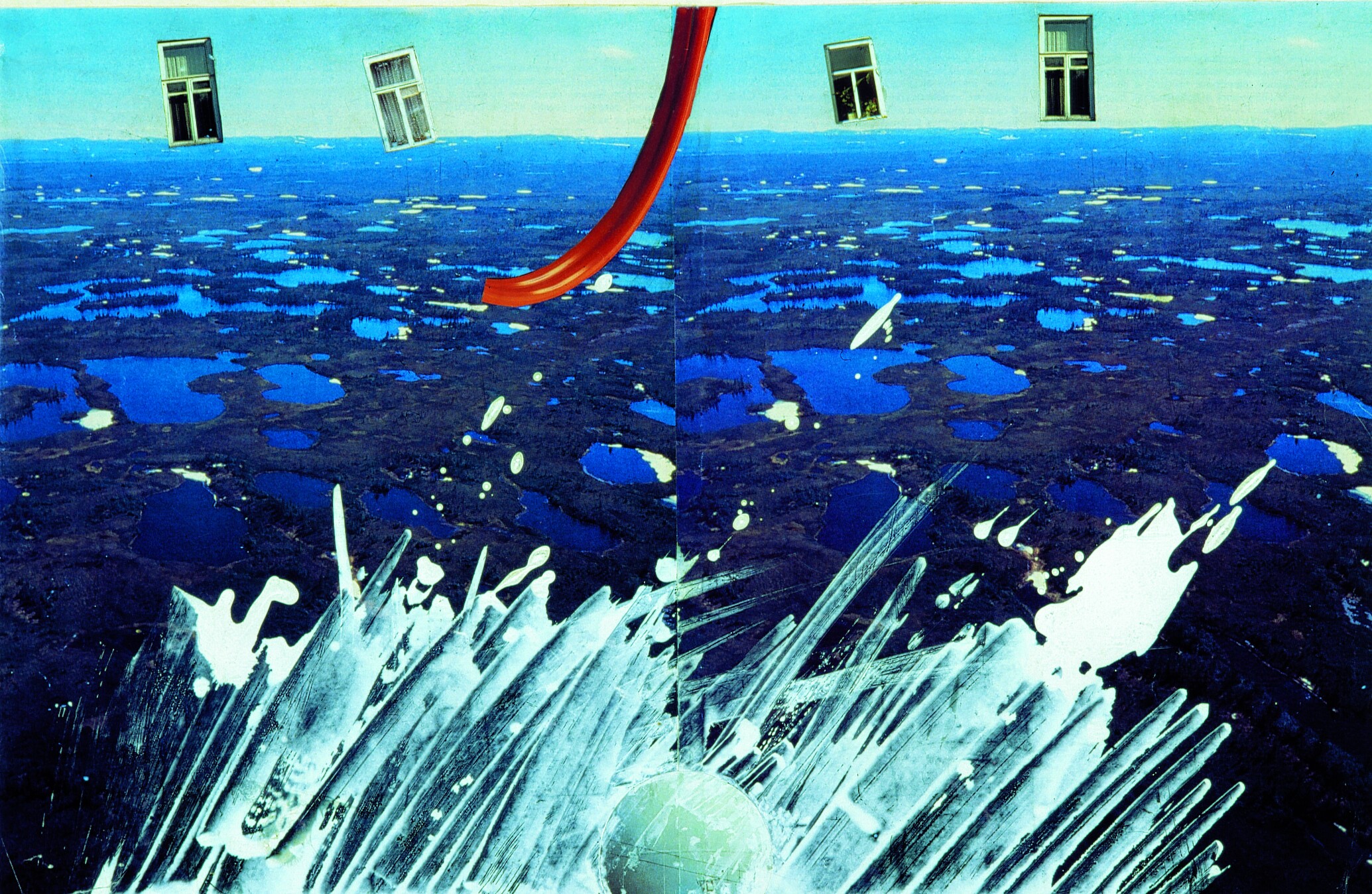
Collages from 1983-1986
Recycling of stories
The practice of Sviatchenko also includes installation, sculpture, video, and painting. However, it is his collages made from found, borrowed, or self-made photographs that have become the basis of his artistic works.
In general, collage as a technique originates from the experiments of Cubists, in particular Georges Braque and Pablo Picasso. With the popularization of photography and mass culture, this method was appropriated by Dadaism, Constructivism, Surrealism, Pop Art, the Fluxus movement, and others. Thus, collage went beyond modernist practice and began to be used for various purposes.
Modern technologies allow for unlimited manipulation of images and even creating them from scratch using artificial intelligence. Therefore, collages made by hand seem like a somewhat outdated technique.
However, Sviatchenko’s practice is a reaction to the endless flow of information and mass consumption society. The artist uses images from publicly available sources such as magazines, movies, television, and the internet. His hand-cut and carefully glued collages are a kind of protective mechanism against digital manipulation. In the process of deconstruction, scaling, separation, enlargement, and replacement of one element with another, Sviatchenko explores the physicality of photography and ways of combining the real with the imaginary. “Collage is everything that surrounds us, that is our life,” he explains.
The carefully cut out and hand glued collages are a kind of defense mechanism against digital manipulation.
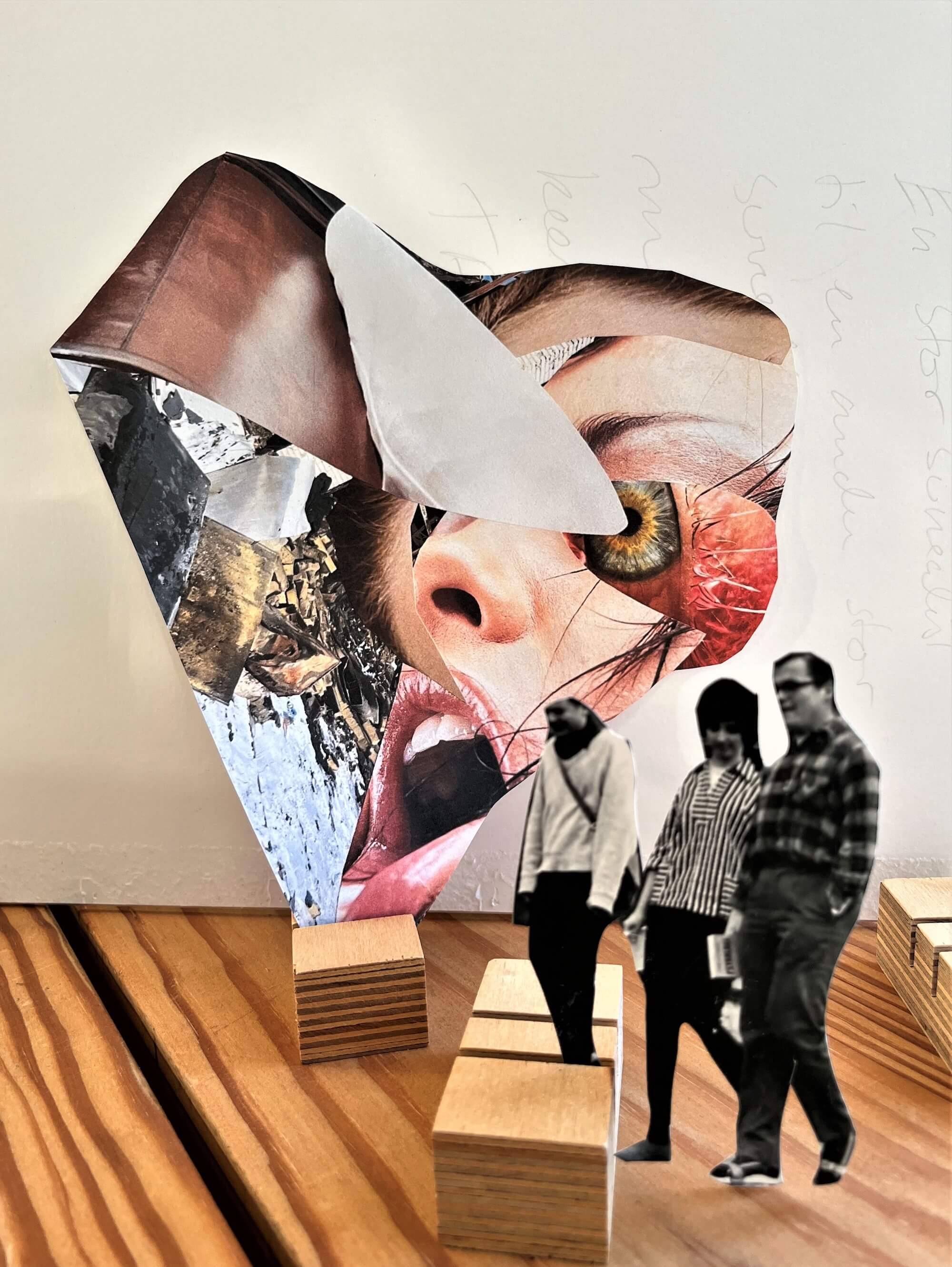
Work from the Lack of Presence series, 2023
Sviatchenko can use anything that catches his eye as a fragment for his work – a digital image or a printed one. Anything that resonates with his subconscious or memories can potentially become a component of his future creation.
“The process of selecting materials for collages has remained the same as it was in Kharkiv in the early 1980s: manual, applicative, conceptual. I continue to construct my images almost intuitively, based on the ‘memory archive’, building a particular narrative with scissors and glue,” the artist explains. “Such meticulous work is very similar to how a person constructs their own path, carefully moving forward, taking important steps, making mistakes.
“My interest in printed materials and their long-term collection is a consciously-unconscious process that has taken on the character of a special ritual. The criteria for search are always different. But this is not a labyrinth of creative torment, but a creative path in a direction known only to me. However, the result will be shared with many.”
Thus, thousands of fragments from archival and contemporary magazines and newspapers, books, and photographs made by him and his colleagues are categorized into folders in the artist’s studio. In addition to snapshots, sometimes pieces of fabric and fragments from previous collages are also used. Sviatchenko cuts out the necessary parts and manually combines them with glue, layering them on top of each other or placing them side by side to create an entirely new story. This is a kind of recycling of existing images.
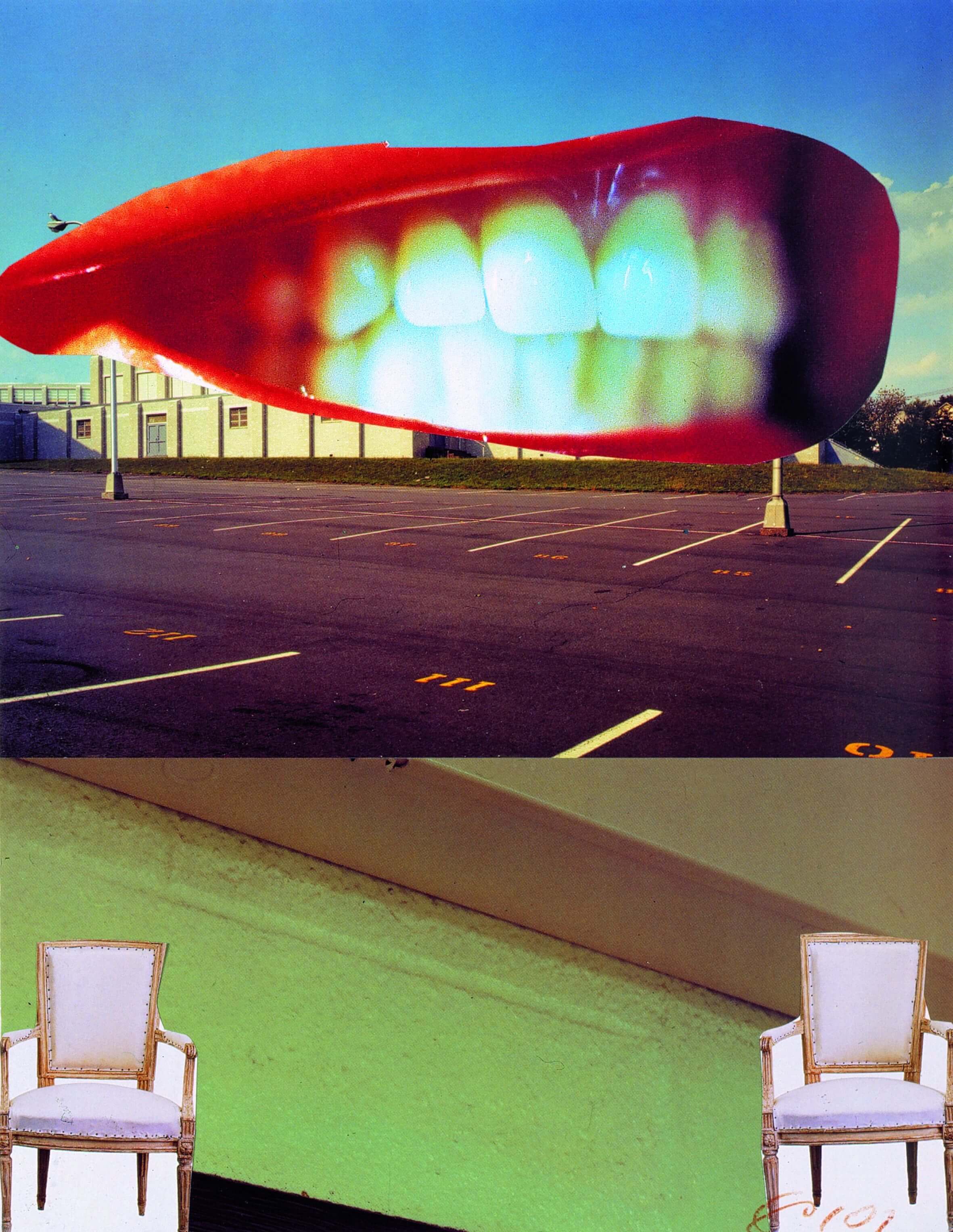
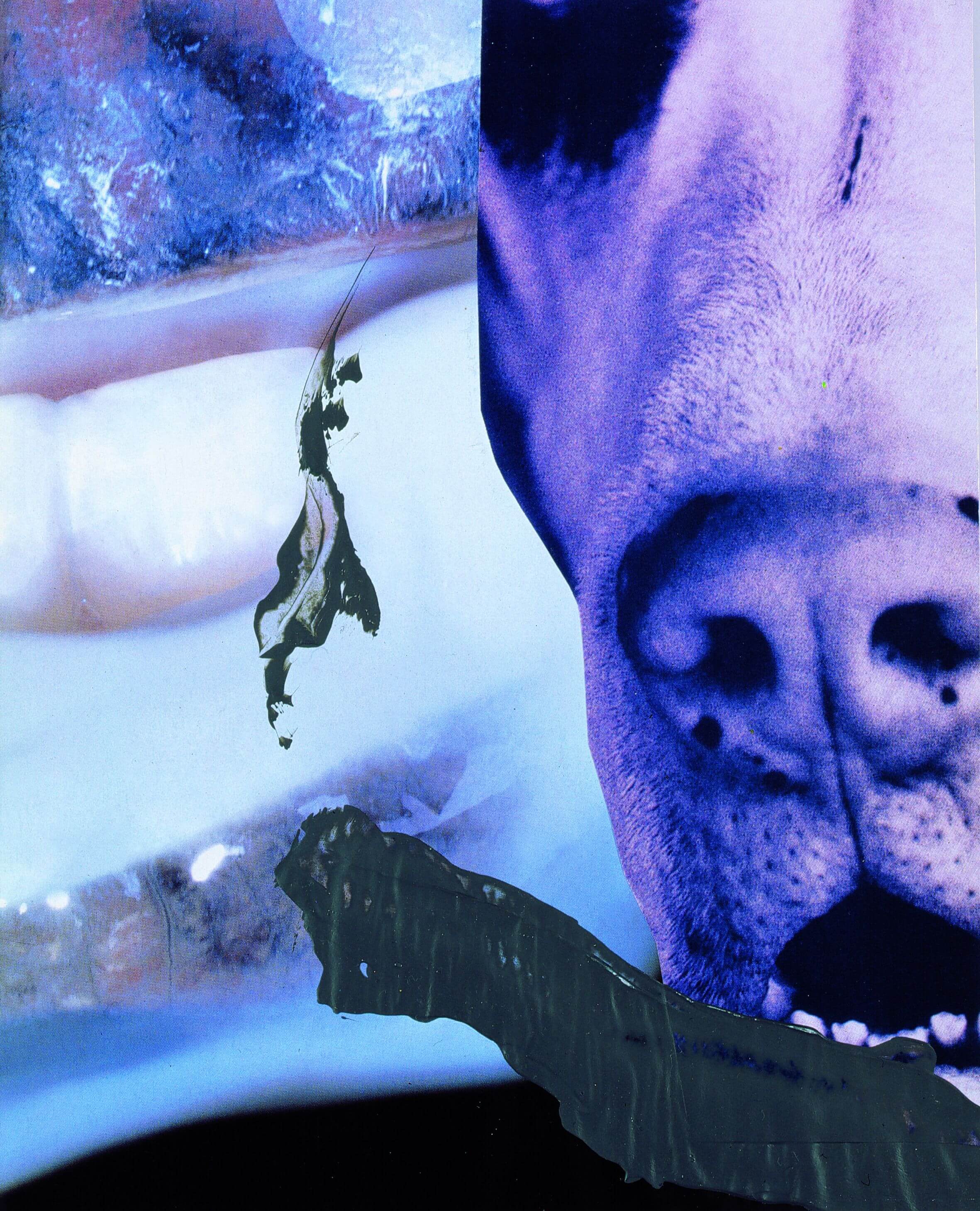
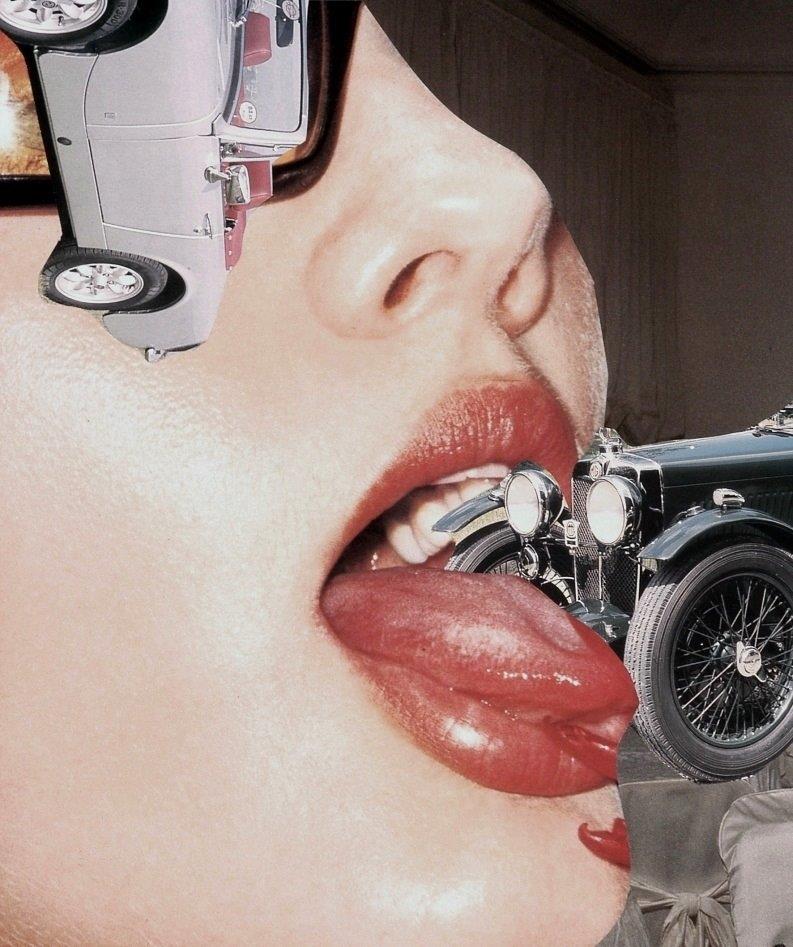
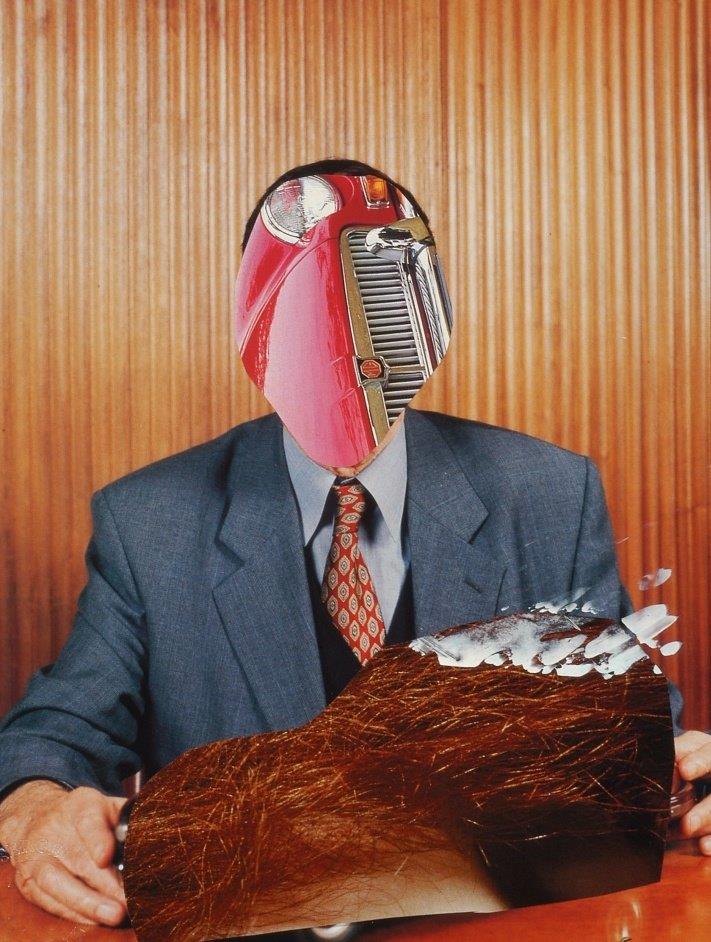
Out of context
Sviatchenko moved to Denmark in 1990, on the eve of the collapse of the Soviet Union. During the first ten years abroad, the artist mainly worked with painting, creating abstract canvases. He returned to collages in the 2000s, when he invented a new technique, and the series created in it was called “Less”. The works consist of only two or three heterogeneous elements that, when combined, form a new surrealistic organism superimposed on a monochromatic minimalist background.
This background is a complete contrast to what we see in the foreground. Thanks to this technique, all attention is focused on the central element, which looks voluminous compared to the flat background. Thus, the artist emphasizes the unimportance of the context from which the fragments of the photograph were torn. He gives the viewer the opportunity to contemplate and try to piece together these fragments in their imagination into a complete picture, as we usually do with fragments of reality that make up our lives.
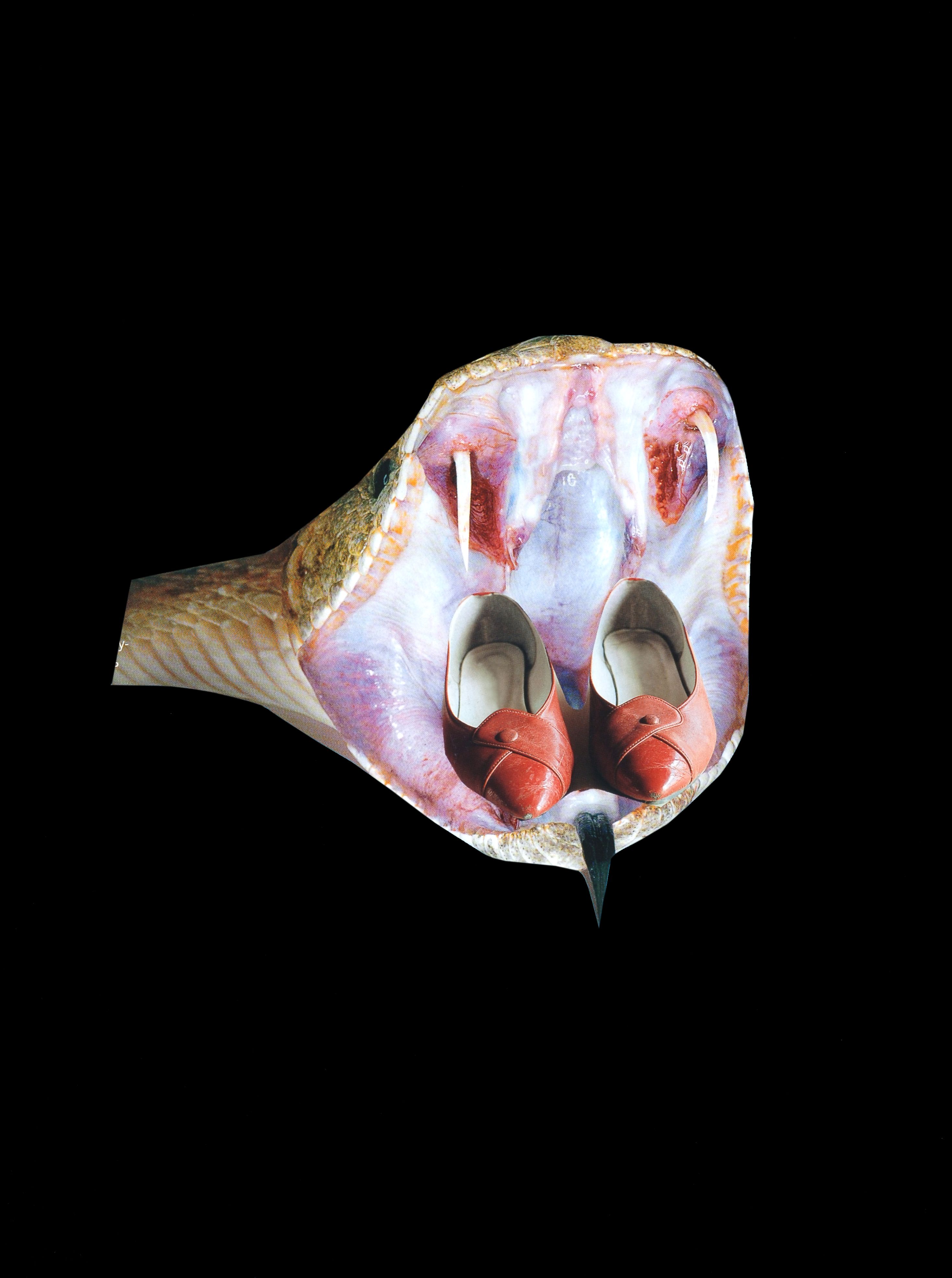
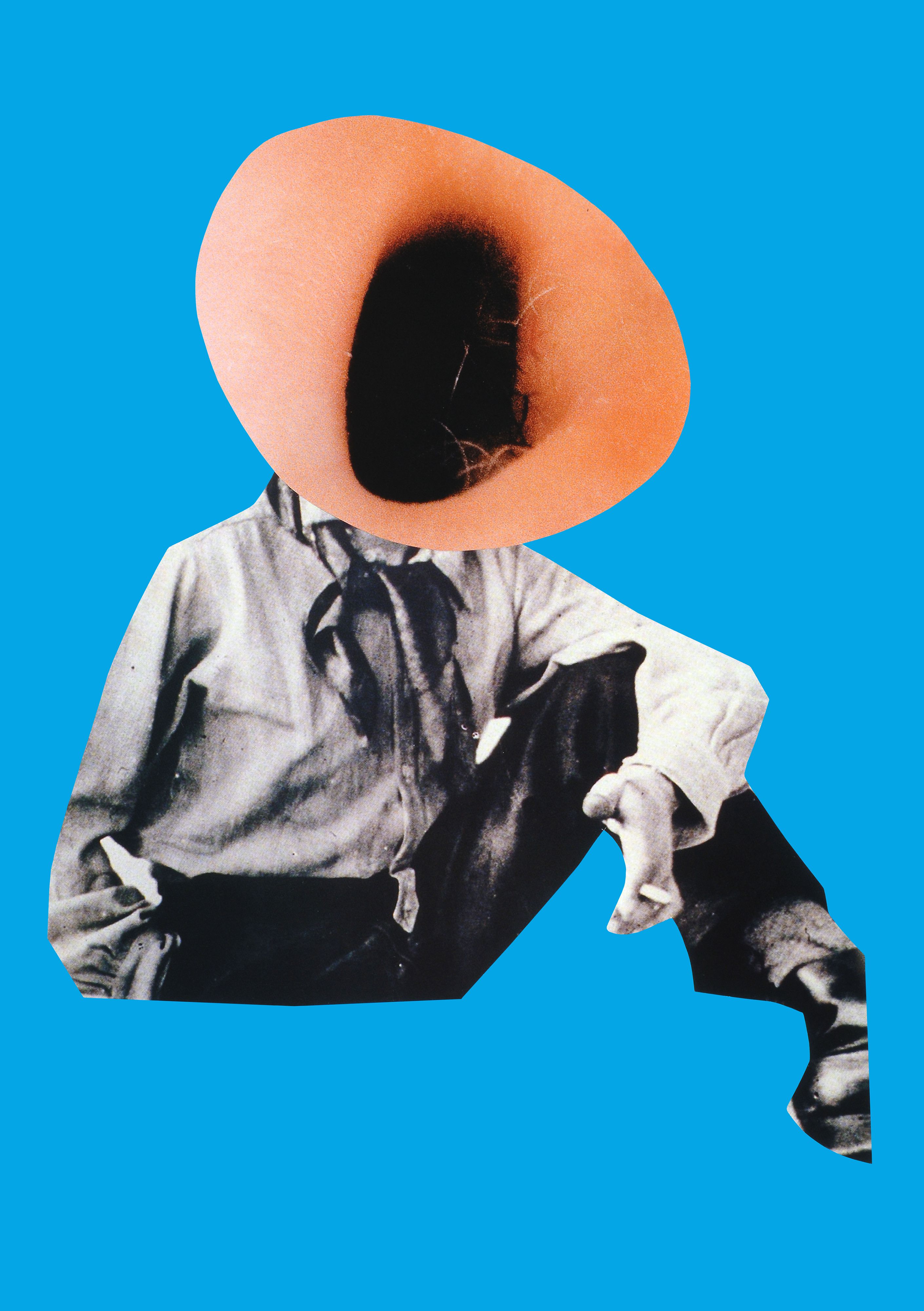
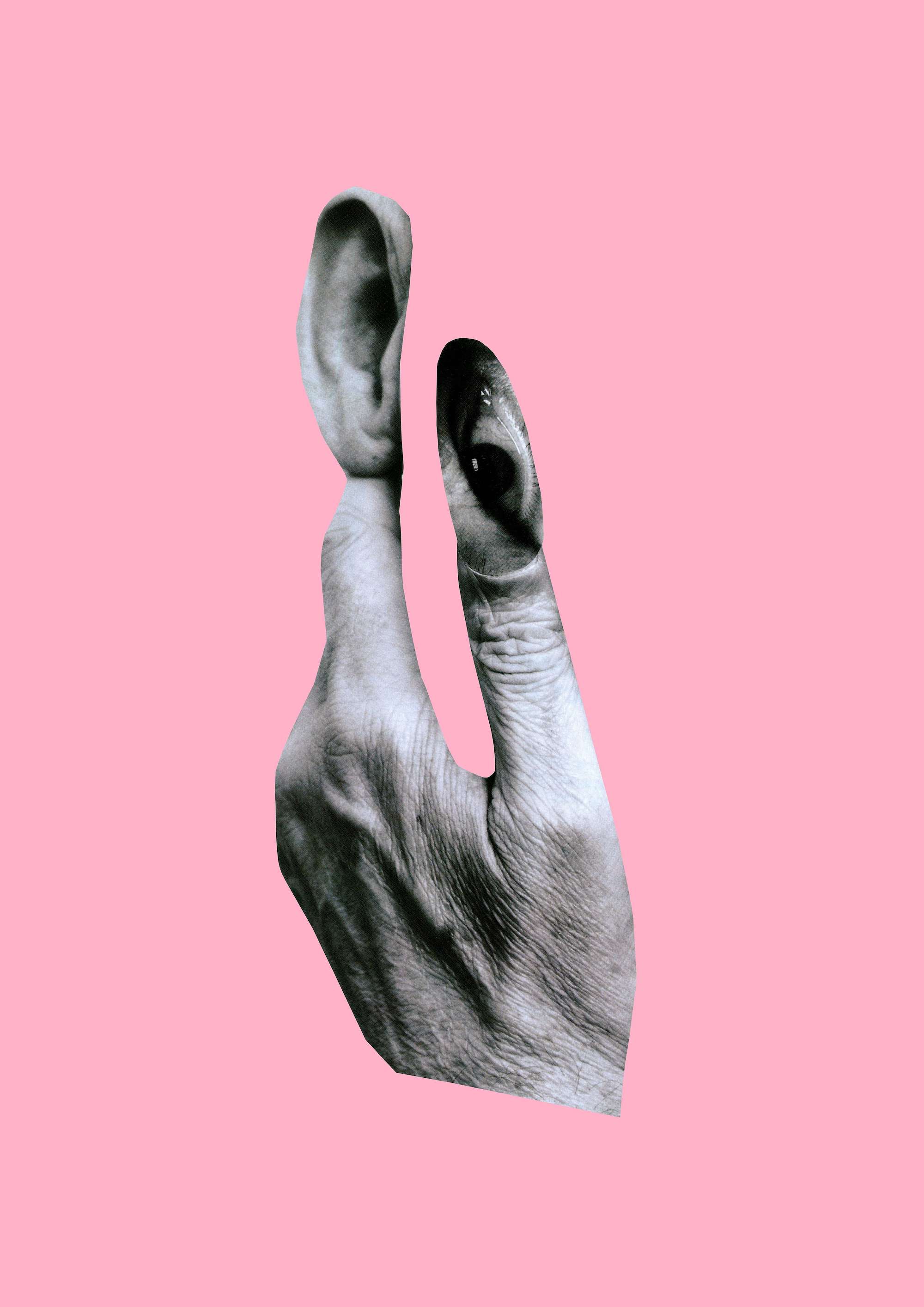
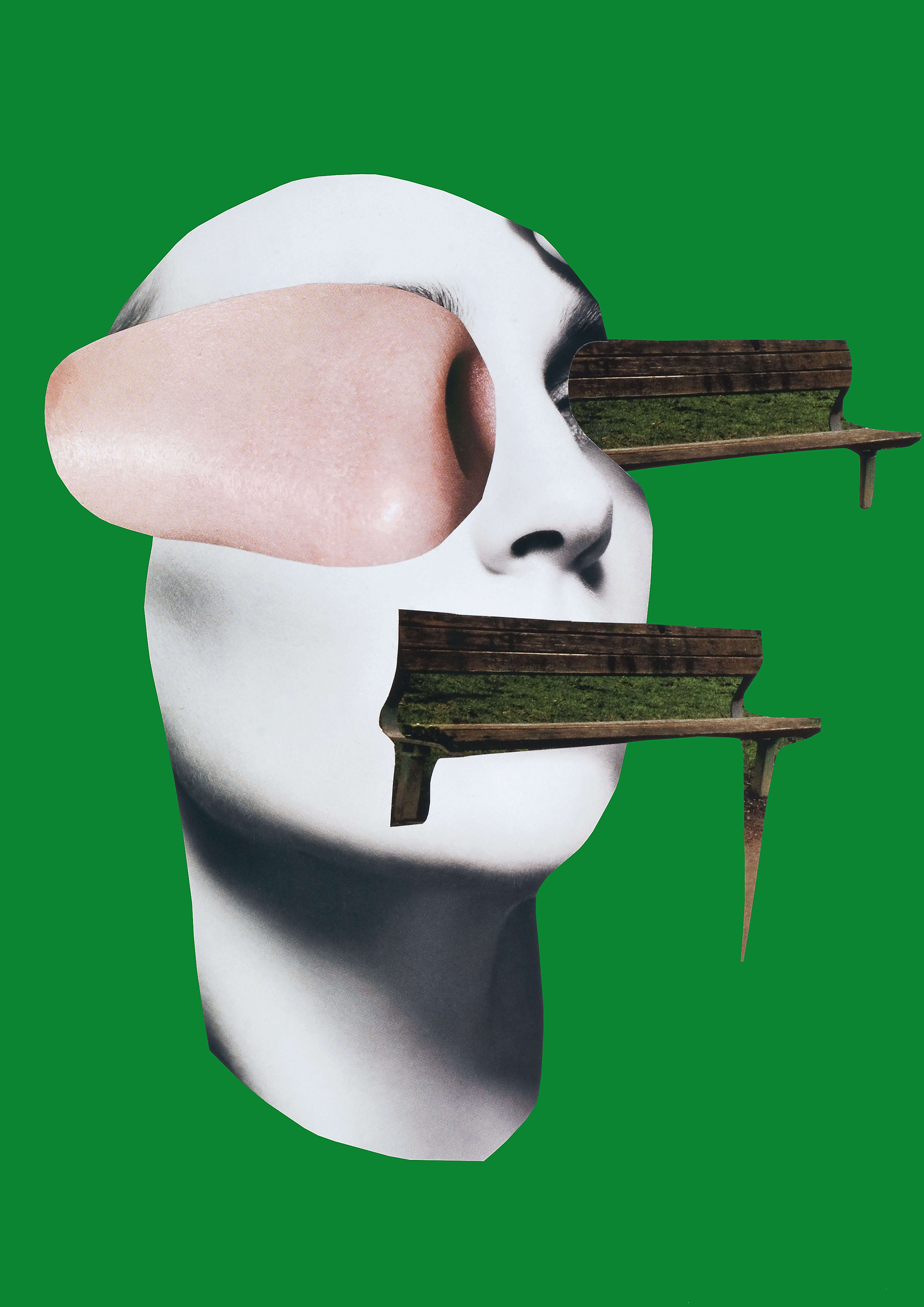
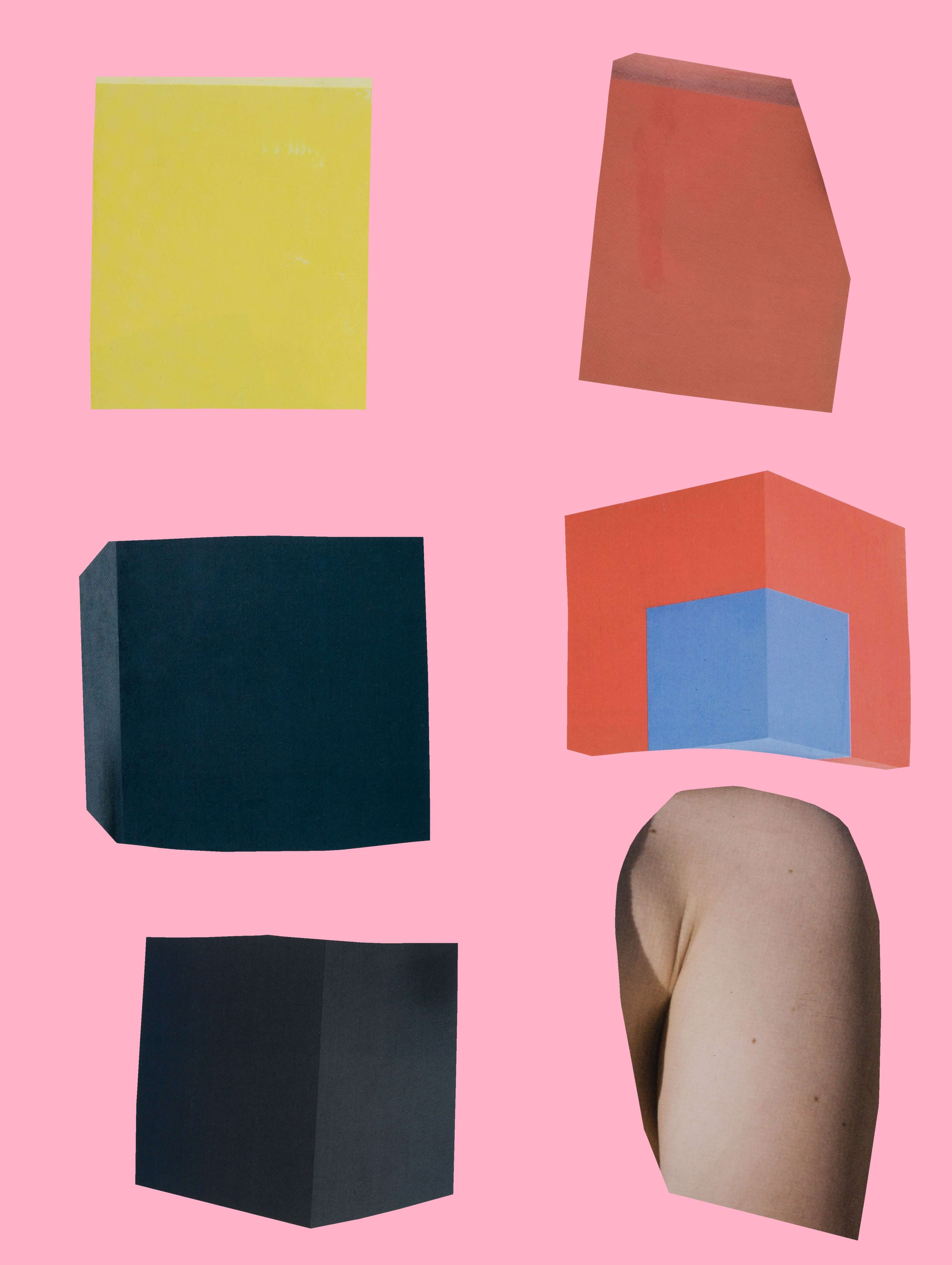
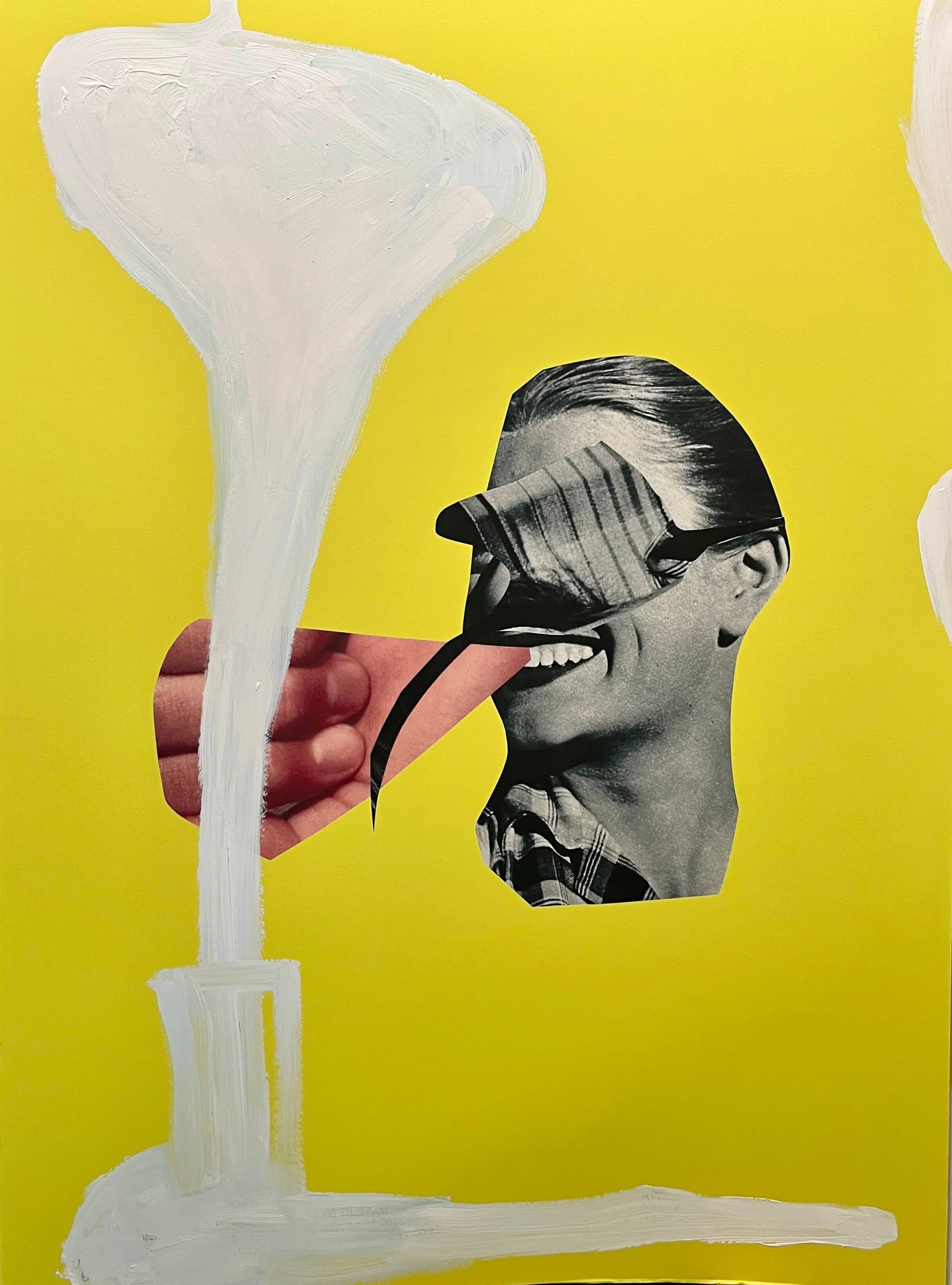
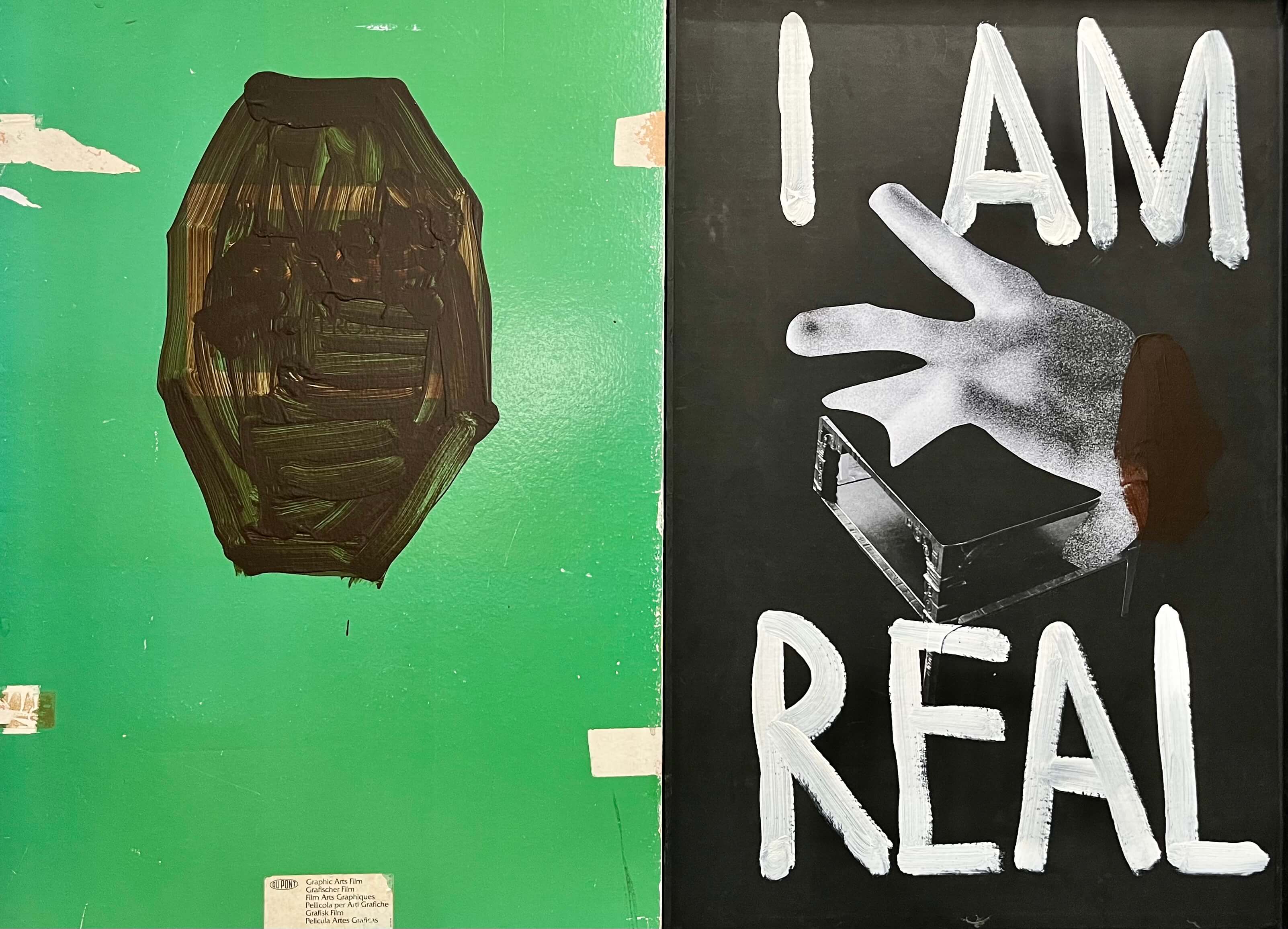
Sviatchenko continues to invent new formats and directions for himself. One of his latest series, I Am Real, combines painting and photo collage – techniques that the artist has devoted a lot of time to throughout his career. These large-format abstract expressive canvases have no clear plot or informative function – a complete contrast to the ideological collages of constructivist artists who once influenced Sviatchenko as an artist.
In the end, no matter what medium the artist turns to – installations, public sculptures, or painting – there is always a place for photo collage in his works. Because what else can reflect reality so openly and use it as a material at the same time?
New and best
